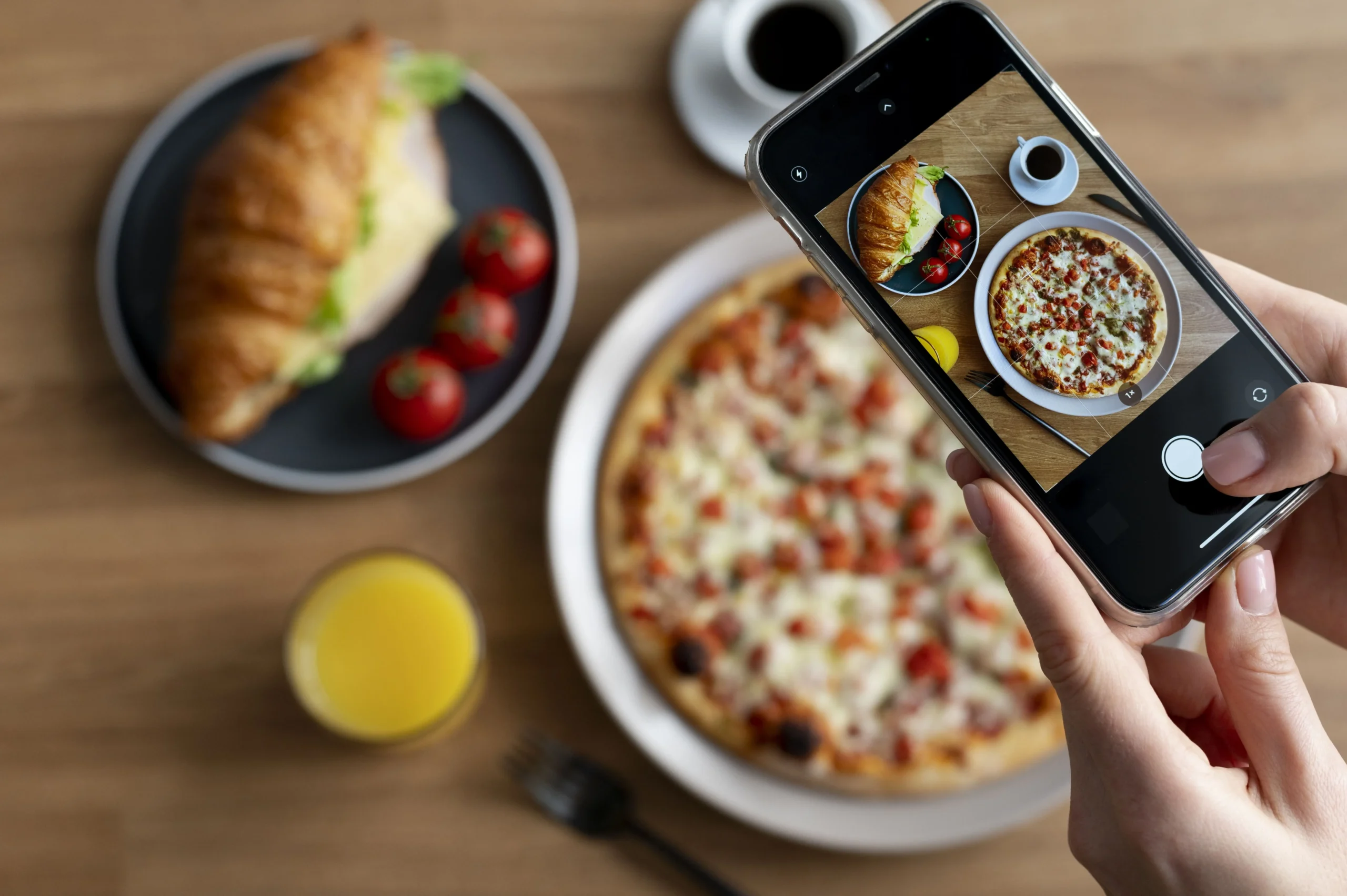

A Guide to Food Photography in UAE
Food photography is a captivating blend of art and technique, especially when capturing the vibrant and diverse culinary scene in the UAE. From the bustling markets of Dubai to the traditional dishes of Abu Dhabi, UAE offers a rich tapestry of flavors and colors, making it a paradise for food photographers. In this guide, we’ll delve into the essentials of food photography in UAE, covering everything from understanding local cuisine to mastering lighting, styling, and editing.
Understanding the Local Cuisine
The UAE boasts a melting pot of cuisines, reflecting its multicultural population. To excel in food photography in UAE, it’s crucial to familiarize yourself with the local dishes. Emirati cuisine, characterized by ingredients like dates, seafood, lamb, and spices such as saffron and turmeric, offers a unique palette. Understanding the cultural significance and traditional presentation of these dishes will enhance your ability to capture their essence authentically.
Cameras and Lenses
Investing in the right camera and lenses is fundamental to capturing stunning food photos. A DSLR or mirrorless camera with a full-frame sensor provides the best quality. Prime lenses with focal lengths between 50mm to 100mm are ideal for food photography. These lenses offer a shallow depth of field, allowing you to create beautiful bokeh effects and highlight the dish’s details.
Accessories
Enhancing your food photography setup with the right accessories can make a significant difference. Consider using a tripod for stability, especially in low light conditions. Reflectors and diffusers are essential for manipulating natural light and reducing harsh shadows. Additionally, remote triggers can help avoid camera shake when shooting at slower shutter speeds.
Lighting
Lighting is one of the most critical aspects of food photography. Natural light is often the best option, providing a soft and inviting look. Position your setup near a window and use a white curtain to diffuse the light for a more even spread. If natural light is not available, invest in artificial lights such as softboxes or LED panels. Remember to adjust the white balance to match the light source to maintain accurate colors.
Styling and Composition Tips
Styling and composition can elevate your food photography from ordinary to extraordinary. Here are some tips to keep in mind:
– Rule of Thirds: Use the rule of thirds to create balanced and visually appealing compositions. Place the main elements along the gridlines or at the intersections.
– Layering: Add depth to your photos by layering different elements, such as placing a spoon or a piece of bread in the foreground.
– Textures and Colors: Incorporate contrasting textures and colors to make the dish pop. For example, pair a crispy pastry with a smooth sauce or a bright salad with a dark plate.
Props and Backgrounds
Choosing the right props and backgrounds can enhance the story you want to tell. Use props that complement the dish without overwhelming it. Rustic wooden boards, elegant plates, and simple utensils often work well. Backgrounds should be neutral and unobtrusive, allowing the food to be the star. Experiment with different textures like marble, wood, or fabric to see what works best for your composition.
Editing
Post-processing is the final step in food photography. Use software like Adobe Lightroom or Photoshop to enhance your images. Adjust the exposure, contrast, and saturation to make the colors pop. Sharpen the details and apply subtle vignetting to draw attention to the main subject. Be careful not to over-edit; the goal is to enhance the natural beauty of the food, not to create an artificial look.
Food Photography for Social Media
In the age of social media, food photography plays a crucial role in attracting and engaging audiences. Here are some tips for making your food photos stand out on platforms like Instagram and Facebook:
– Consistency: Maintain a consistent style and color palette to create a cohesive feed.
– Engagement: Use captions to tell a story or share a recipe. Engage with your followers by asking questions or encouraging them to share their experiences.
– Timing: Post during peak hours when your audience is most active. Use analytics tools to determine the best times to post.
Conclusion
Food photography in UAE offers a rewarding experience, blending the rich culinary traditions with modern techniques. By understanding the local cuisine, investing in the right equipment, mastering lighting, and honing your styling and editing skills, you can capture stunning images that do justice to the delicious dishes of the UAE. Whether you’re shooting for social media, a blog, or a restaurant menu, these tips will help you create mouth-watering photos that captivate and inspire. Happy shooting!
Media Star Pro is committed to helping photographers of all levels elevate their craft. For more tips and tutorials on food photography and other genres, stay tuned to our blog.
